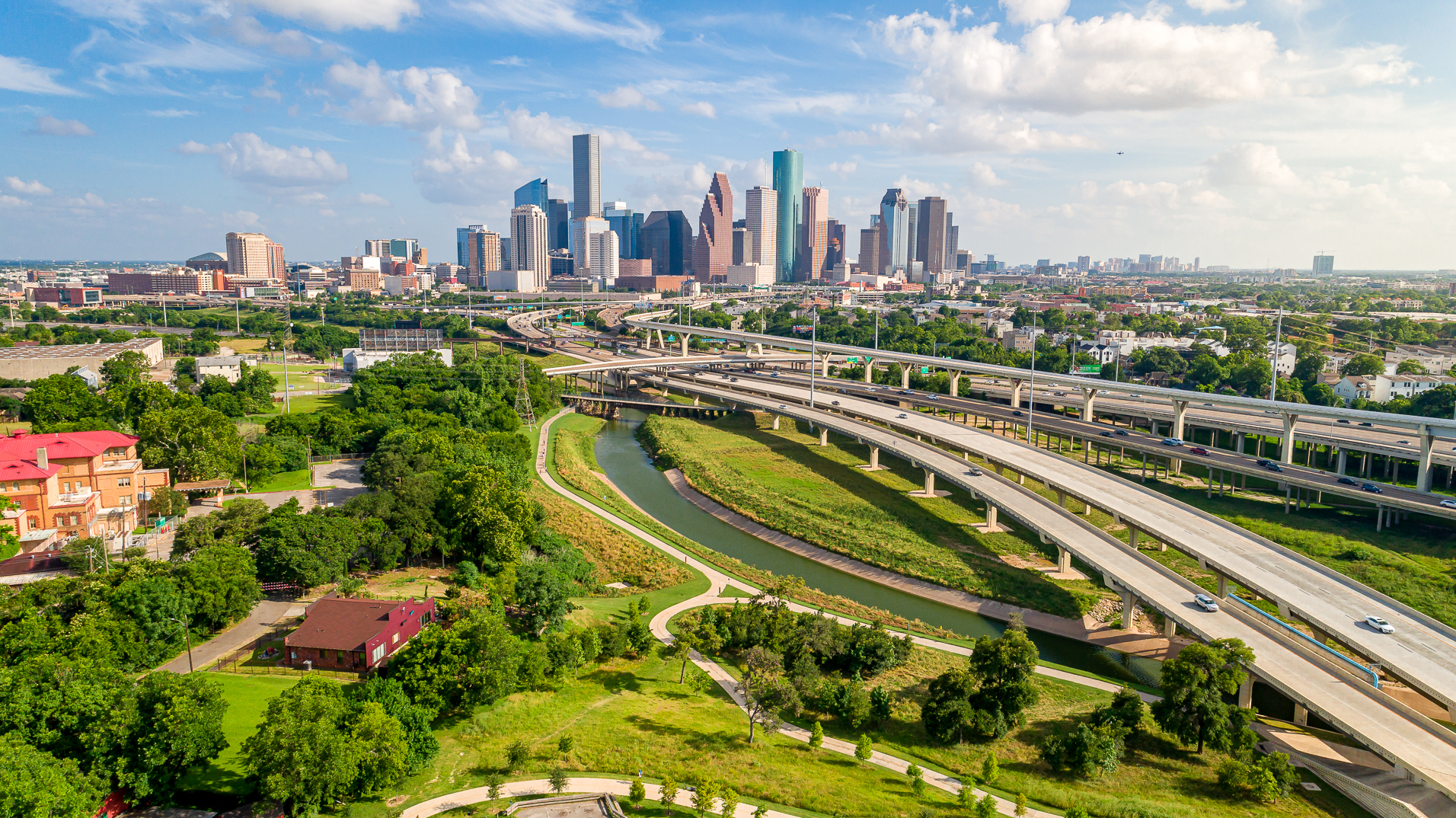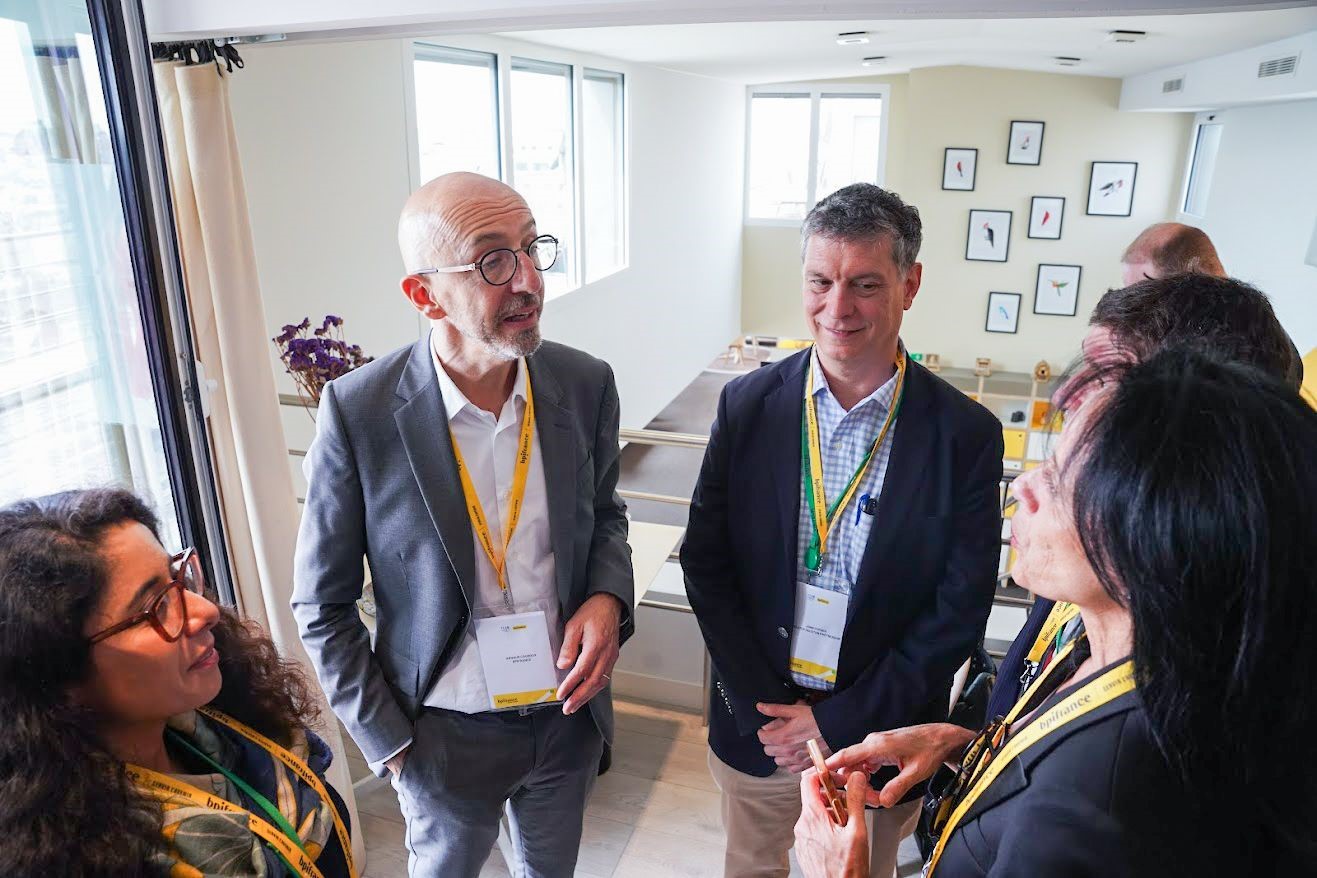Houston Region's Accessible Location Key Factor in Attracting Leading Global Businesses
Published Sep 12, 2022 by Brina Morales
Location, location, location. That’s the mantra for anyone searching for a new home, but accessibility is also a critical component for businesses looking to expand or relocate.
Deborah Wild, CEO of Cellipont Bioservices, and Jared Boudreaux, President of Vector Controls and Automation Group, recently discussed key factors that attracted their companies to the greater Houston region during the Partnership’s Why Houston webinar series.
Cellipont Bioservices announced last month it’s relocating from San Diego to The Woodlands and opening a life sciences manufacturing facility. During the webinar, Wild said The Woodlands “best checked all the boxes” the company was looking for in a new site.
“Our cost structure will be lower here than our homebase in California and we have access to two major airports that can reach any city in the U.S. in less than four hours,” she said. Wild added that access to the region’s “solid life sciences talent” and The Woodlands’ reputation for its quality of life were also determining factors in their site selection.
“There’s just a wonderful feel to the culture in the area and it’s important that people live a happy, balanced life,” Wild said.
Boudreaux shared similar sentiments about Vector Controls’ decision to move from La Porte to Pearland’s Lower Kirby District in 2020. He said the location off State Highway 288 allows employees and customers to easily access the campus.
“We can quickly get to Lake Charles, San Antonio, Dallas, and Corpus Christi all within the same day. That’s the attractiveness of Houston,” he said. The strategic location has also allowed the manufacturing company to expand into industries, such as aerospace, that they didn’t service before. Boudreaux added their location is also a tactic for talent attraction and retention.
“The greater Houston area is a place where people can grow up, they can go to school, they can get a job and they can raise a family all within a 50-mile radius. And that’s attractive for us especially as you’re trying to retain employees for a longer term,” Boudreaux said.
A total of 17 companies have expanded in or relocated operations to the Houston region so far this year. These will result in an estimated 3,458 new jobs and nearly $800.7 million invested in the Houston market.
Learn more about why companies are choosing Houston.
 The Houston Report
The Houston Report



















